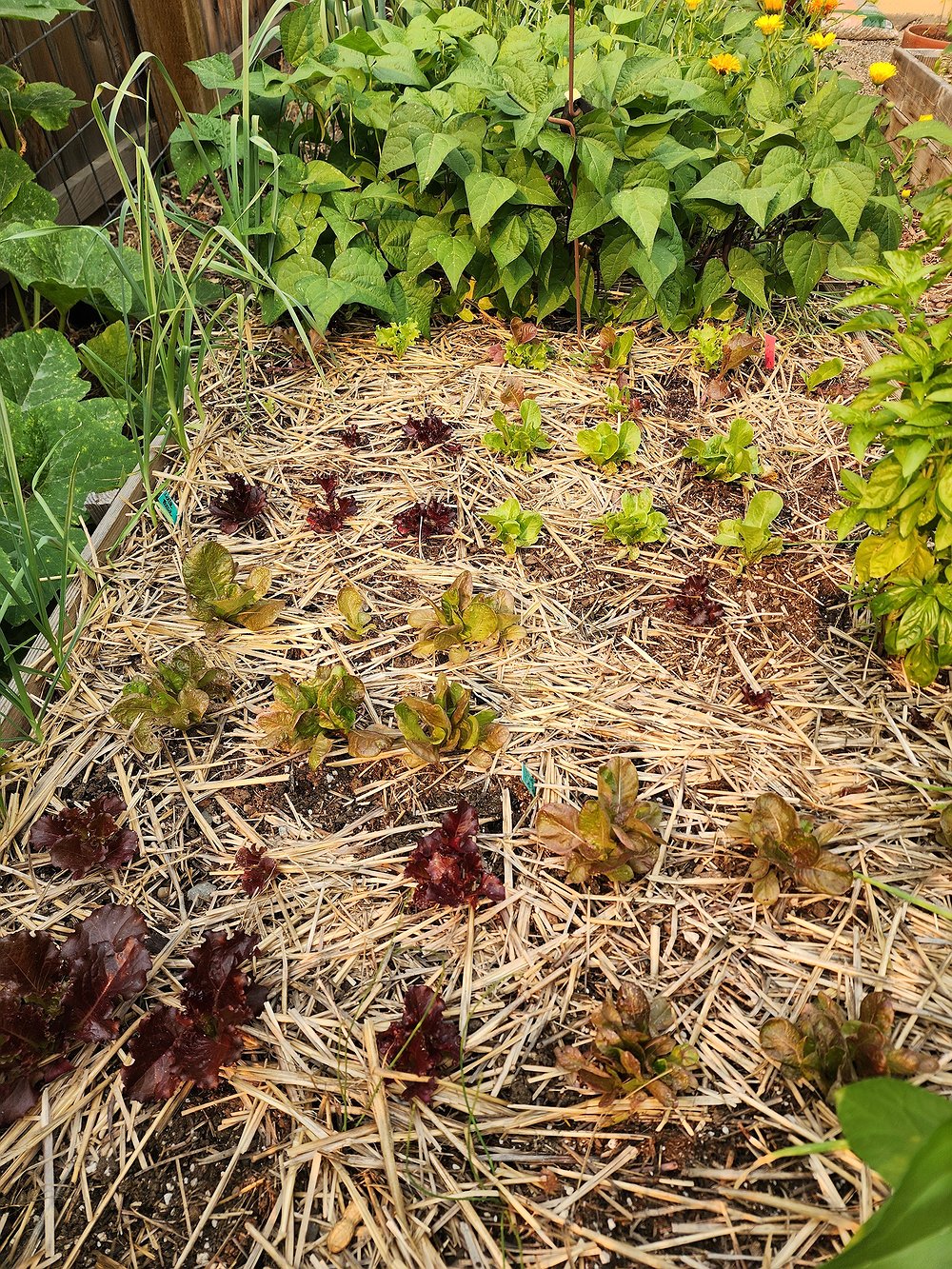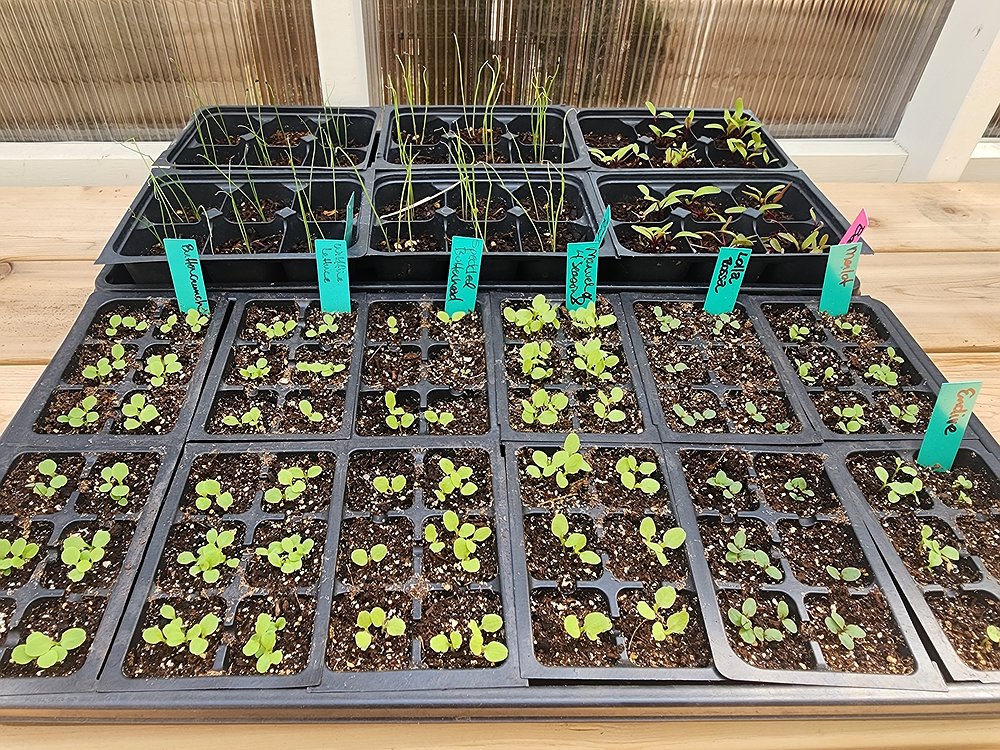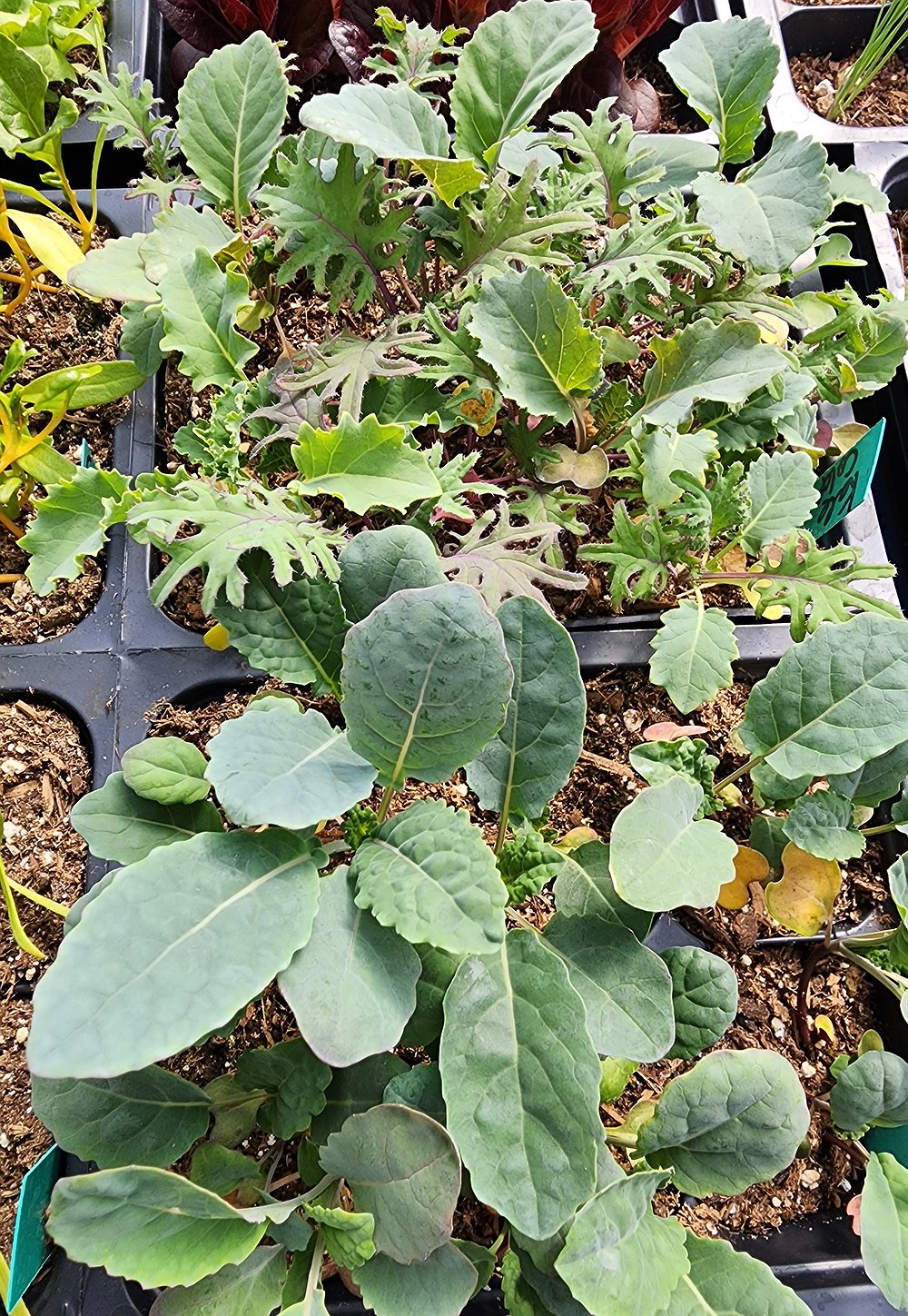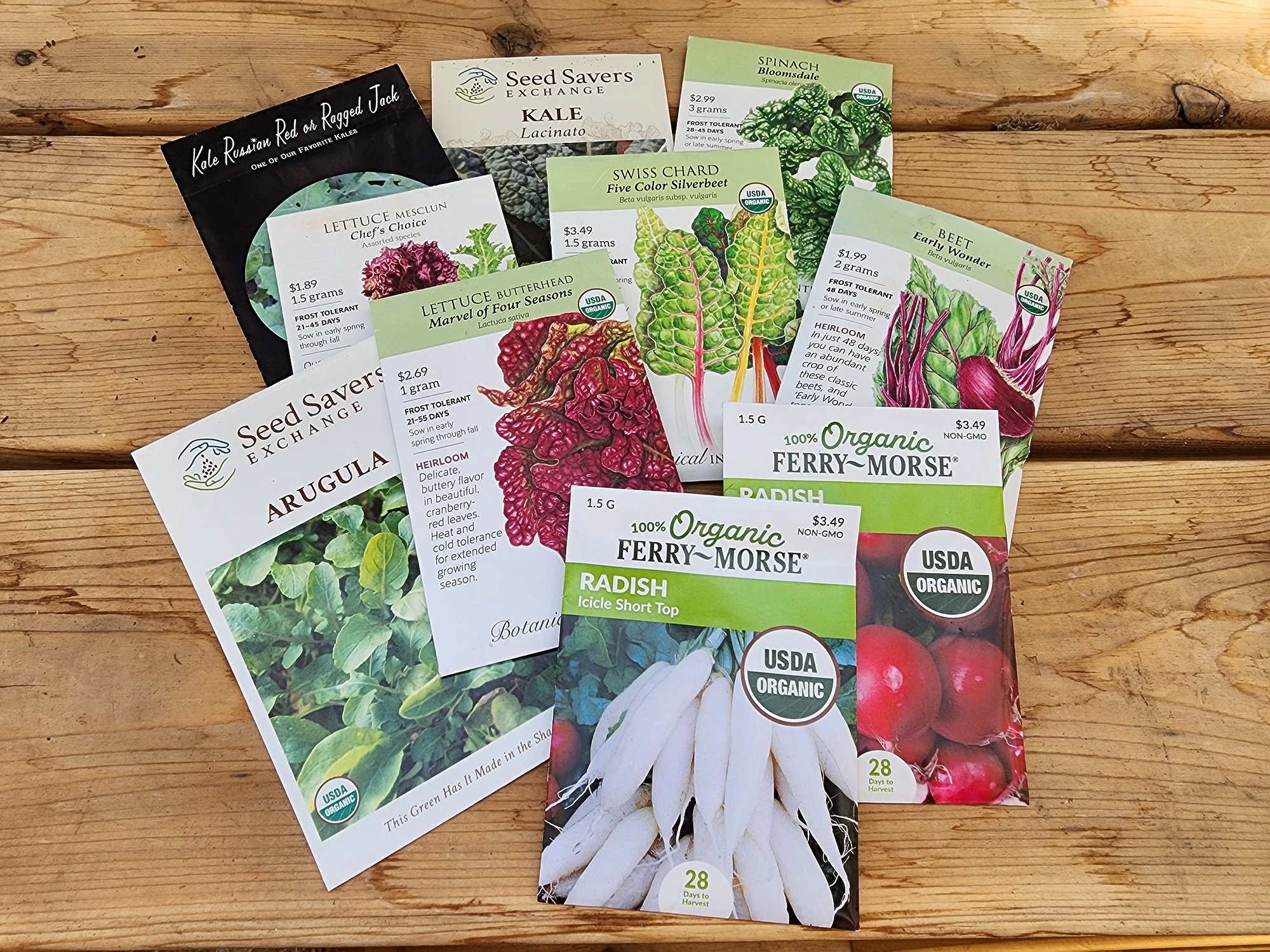How to grow more food over a longer time with succession planting
If you are new to gardening, you may think the gardening season begins in May when you plant your summer crops and ends just after Labor Day once those crops have finished producing.
Now, there is nothing wrong with this way of thinking or gardening, however, in doing so, you’re missing an opportunity to grow more food in your garden over a longer season.
That’s where succession planting comes in. With a little planning and preparation, succession planting maximizes garden space and provides a continuous supply of vegetables from early spring into late fall, even in a small garden space.
Growing in succession
Have you ever removed spent plants from your garden and replanted another crop in its place? If you have, you’ve planted in succession. A good example is removing a spring lettuce crop in early summer and replanting bush beans, a summer crop, in the same location.
This method of succession planting where you harvest a crop and replace it with a completely different crop is known as crop-following. In doing so, you get two harvests and maximize your garden space.
One of the easiest and most common succession planting methods is to make several smaller plantings of the same crop at timed intervals. Many quick-to-mature vegetables, like radishes or baby lettuces, can be planted at intervals of seven to 14 days, instead of being planted all at once. This stagger-planting method maintains a consistent supply of produce throughout the season.
I stagger bush beans to keep us in fresh beans for most of the summer. After being inundated with piles and pounds of beans all at once, I learned my lesson!
A third form of succession planting relies on plant maturity dates for a continued harvest. Tomatoes are a great example of this as there are early-season, mid-season and late-season varieties. Each will produce fruit at a different time during the growing season.
It’s another way to ensure a continuous supply of a particular vegetable, especially when stagger-planting is not an option.
Growing into fall
With our summer gardens growing in full force, it’s hard to think about planning and planting vegetables for a fall garden. But now is the time to do so.
Many cool-season crops can make a second appearance in the fall garden. After a summer harvest of peppers or cucumbers, you’ll have space for planting vegetables like lettuce, kale and spinach. These vegetables are resistant to fall’s cooler weather and many to frost; they are a great option to extend your garden season well beyond August.
Fall planting takes a little planning and preparation in deciding what to grow and when to sow. For a fall garden, it’s best to select vegetable varieties that mature in 60 days or less. And, because of receding daylight hours, you should add two weeks to the plant’s days-to-maturity listed on the seed packet.
Starting seeds by mid-July provides enough time and daylight for the seedlings to become established and grow on to produce a harvest.
Many fall vegetables need cool soil to germinate and will fail if directly sown into hot garden soil. To avoid disappointment, the best option is to sow fall crops in modular trays — just as you would with seed starting in the spring — and transplant them into the garden in late August or early September.
Mulching is critical to keep cool-season seedlings thriving. Apply a layer of mulch around the seedlings once they are transplanted. Chopped straw, dried leaves or grass clippings will do the job, but avoid any material that contains herbicides. To provide shade for young seedlings, interplant them between summer crops like peppers or eggplant.
What to grow
Not sure what to plant in your fall garden? Here are a few great choices to get you started:
Lettuces: Choose loose-leaf, cut-and-come-again varieties like ‘Lolla Rossa,’ ‘Merlot,’ ‘Marvel of Four Seasons’ or ‘Buttercrunch;’ baby lettuce is ready in about 30 to 40 days.
Hardy Greens and Brassicas: Any variety of arugula, spinach, chard, Asian greens, kale or mustard will shine in the fall garden. Baby leaves can be harvested in as little as 30 days. Most are frost tolerant.
Root Crops: Radishes, beets, turnips, carrots, and bunching onions can also be started now. Radishes mature in 30 days, so you can do a succession planting every week and have radishes right through the fall. Choose varieties like ‘Early Wonder’ beet (50 days) for baby beets and greens in fall salads. Many baby carrot varieties also mature in about 50 days. When mulched properly, carrots will store in the ground into winter.
Simply put, succession planting is a great way to grow more in your garden. It’s a great way to extend the short summer growing season and deliver fresh produce through October and beyond.
• • •
Candace Godwin is a certified Idaho Master Gardener and the owner of The Coeur d’Alene Coop (thecoeurdalenecoop.com), offering seasonal plant sales and advice on gardening and raising backyard chickens.















